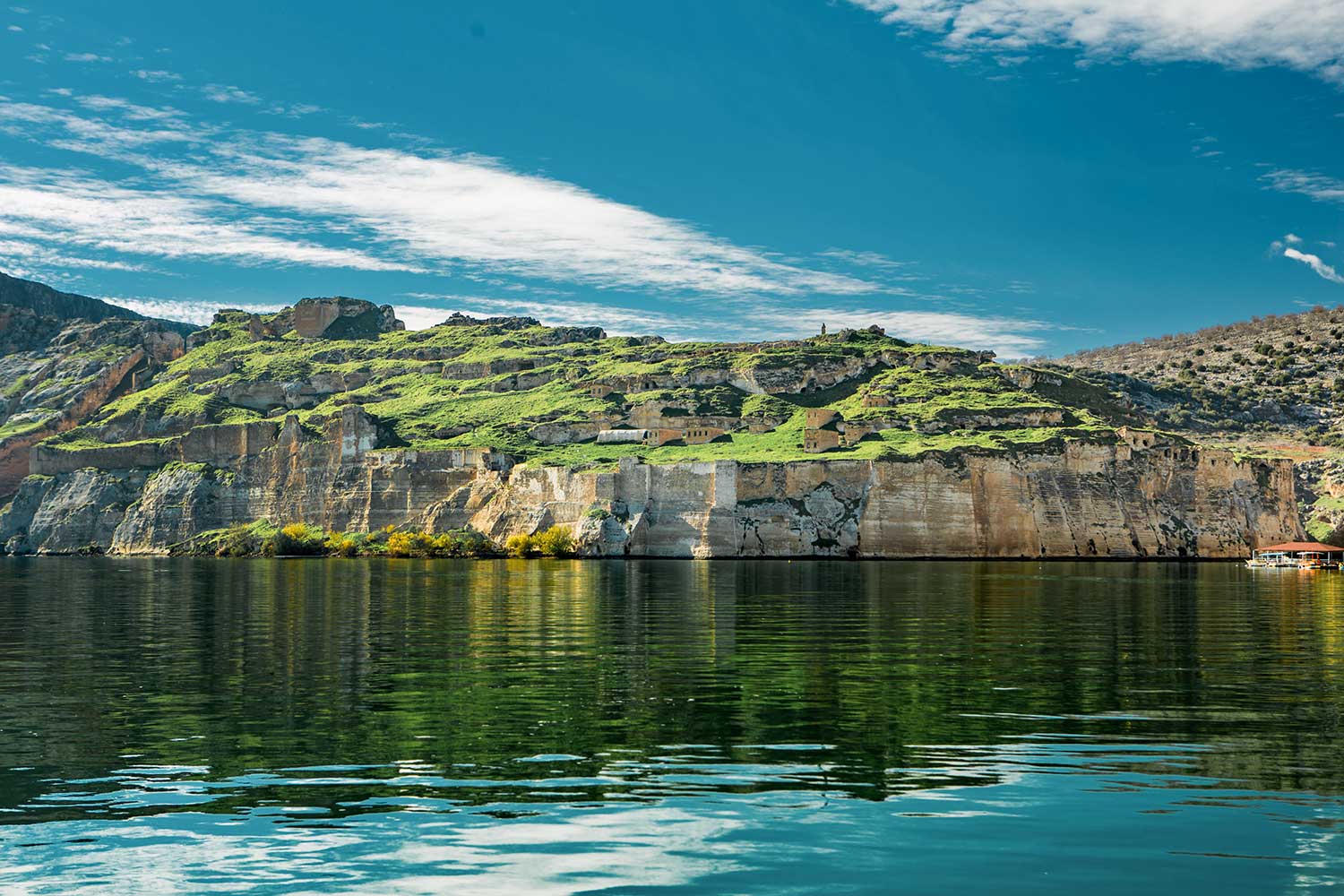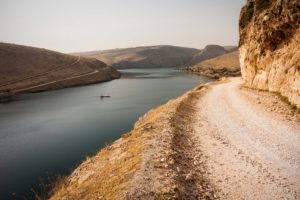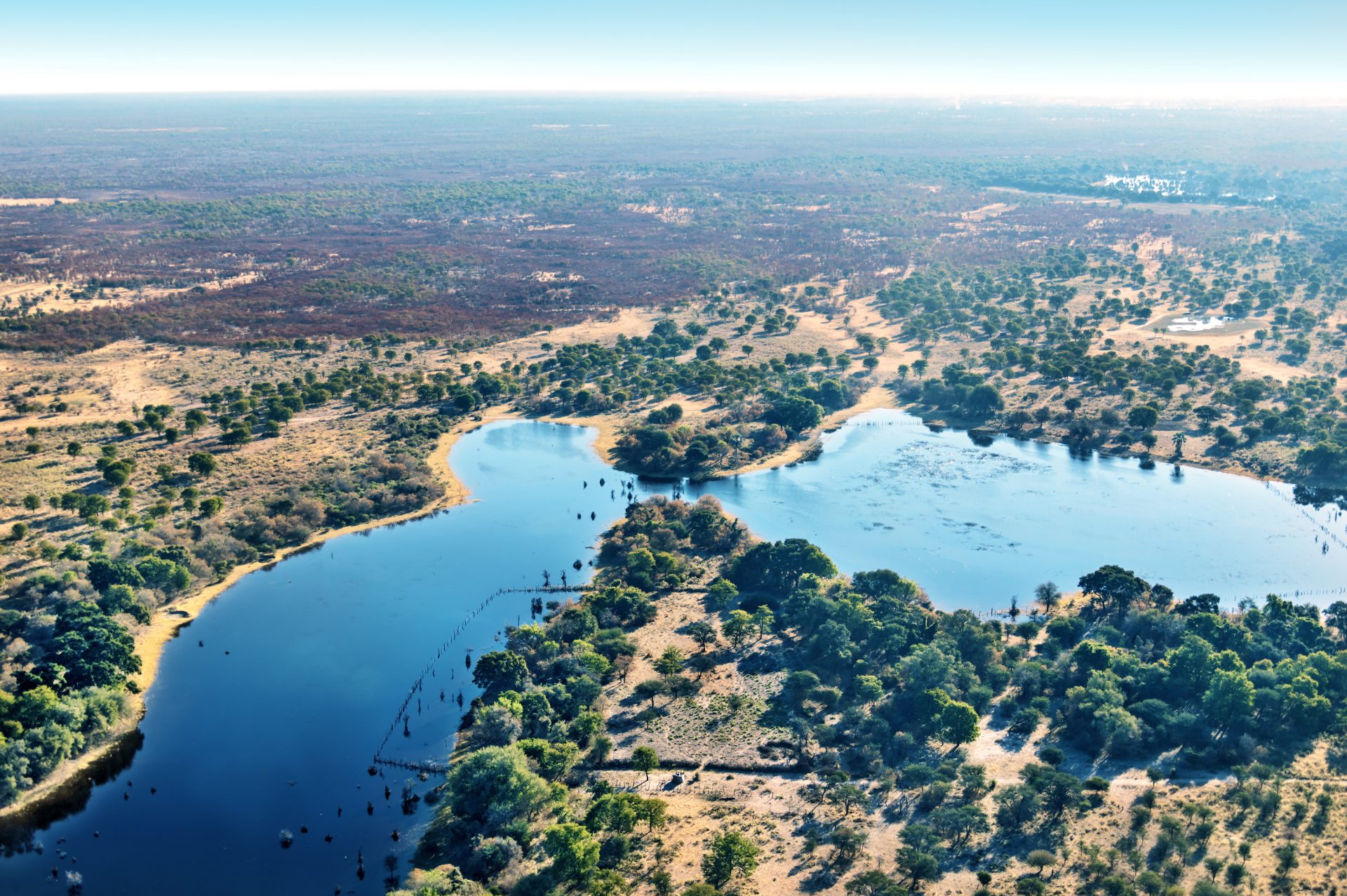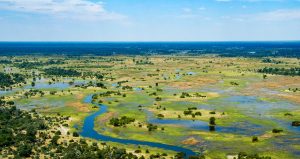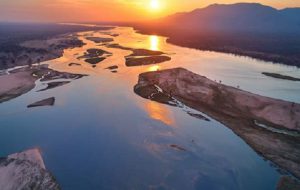Water is a growing concern in many parts of the world. Climate change makes rainfalls more unpredictable and is likely to trigger more and more disasters such as droughts, floods, and massive water pollution. But countries can improve their resilience through transboundary water cooperation over shared waters. More regions need agreements where countries jointly manage rivers, lakes, and groundwater aquifers.
Contrary to popular belief, water scarcity has so far tended to unleash cooperation rather than conflict. When researchers from Oregon State University analyzed the world’s international water basins, they found that no war had been fought specifically over water in the 20th century. On the contrary, 149 water-related treaties had been signed. Furthermore, these treaties seemed to be long-lived and respected even when the parties fell out over other issues. Cooperation over water can be conducive to peace since it forces countries to maintain a dialogue even in times of growing regional tensions.
Despite the strong case that can be made for transboundary water cooperation, it remains an under-utilized tool for peace and resilience. Only about one-third of the world’s approximately 310 transboundary river basins currently have formalized cooperation agreements. The number is lower still for transboundary groundwater aquifers. This is a growing concern given the unsustainable pressure on much of the world’s freshwater, especially in poor and conflict-affected regions. About 40 per cent of the global population live in a transboundary river basin and two billion people get their water from aquifers shared by more than one country.
Transboundary cooperation principles can also be applied within countries where regions and sectors identify with competing interests. Research by the European Commission’s Joint Research Centre has identified five “hotspot” water basins where a combination of intense water stress, climate change and population growth exacerbates “hydro-political risks”: the Nile, the Ganges/Brahmaputra, the Indus, the Tigris/Euphrates, and the Colorado River Basin.
So, what determines if countries and other actors are interested in collaboration?
An important factor is trust, which can be hard to build in regions with a long history of conflict. Many governments are used to viewing water resources as a matter of national security and may be unwilling to share data. This makes their countries more vulnerable to growing pressures like climate change, for example. Fear-mongering among populist politicians and on social media can stoke nationalistic sentiments that also go against a spirit of cooperation.
Facilitated dialogues have proved to be effective in increasing collaboration, step by step. It is important that the public has access to accurate information about the water situation and what transboundary water cooperation would really mean. Insightful, independent, and unbiased media reporting has a crucial role to play. Governments need to be transparent and willing to share information about their water resources with their own population as well as other states in the region. Many civil society organizations make great contributions through grassroot water initiatives across borders.
When countries agree to cooperate, they need formal frameworks and processes that stand the test of time, and last even when their relationship might be strained for other reasons. It is important to set up mechanisms for monitoring, data sharing, and joint management of the shared water body. With this in place, countries are much better prepared for an uncertain and potentially challenging water future.
